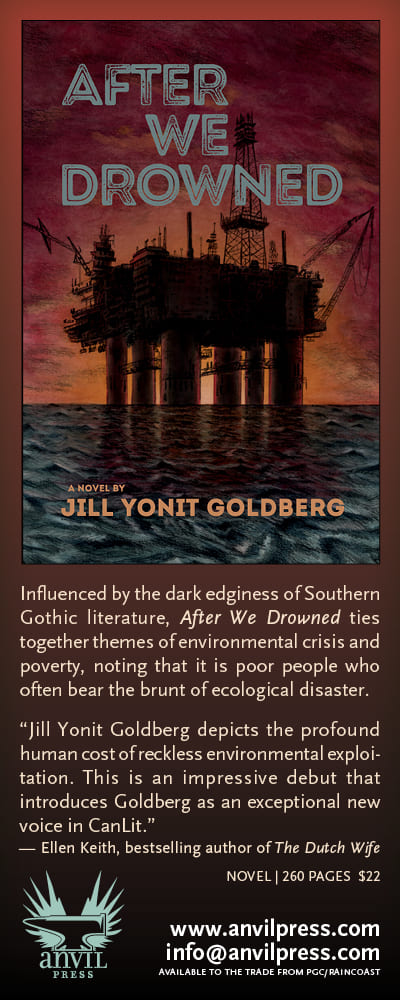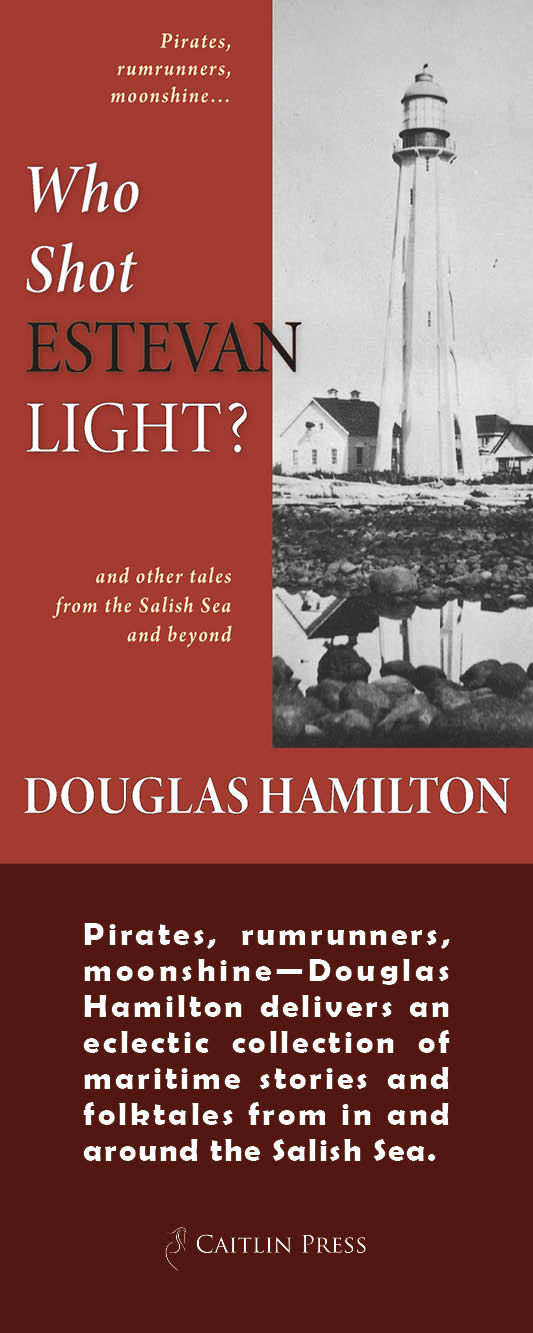#695 BC sports snaps
Magic Moments in BC Sports: A Century in Photos
by Kate Bird
Vancouver: Greystone Books, 2019
$24.95 / 9781771644518
Reviewed by Timothy Lewis
*
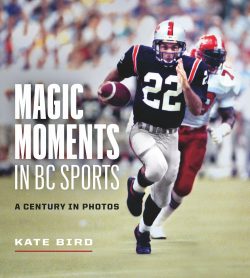 There is something uniquely compelling about a photograph of a sporting moment…. [It] can … encapsulate the mood and magic, in a way that a televised event cannot, capturing a single image that lingers indelibly in our memory. – Kate Bird
There is something uniquely compelling about a photograph of a sporting moment…. [It] can … encapsulate the mood and magic, in a way that a televised event cannot, capturing a single image that lingers indelibly in our memory. – Kate Bird
That is the inspiration for Kate Bird’s Magic Moments in BC Sports: A Century in Photos. The book delivers much of what its title suggests, but does not achieve Bird’s loftiest aims for the work.
Magic Moments in BC Sports is a showcase for more than two hundred British Columbia-themed sports photographs from the turn of the twentieth century — the earliest photo dates from 1899 — to the 2010s, with the work of photojournalists from the Vancouver Sun and Vancouver Province featuring most prominently. It is very much a picture book; other than the brief captions that accompany each photo, only about a dozen of its 176 pages are devoted to text.
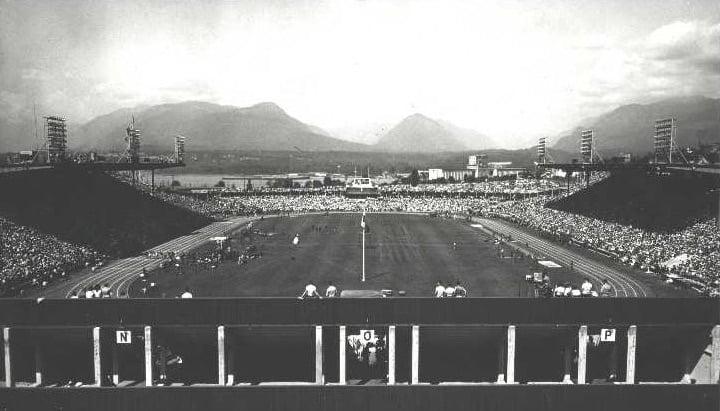
The photographs are presented in chronological chapters beginning with one entitled “To 1939” (pp. 13-33), followed by a chapter featuring images from the “1940s & 1950s” (pp. 34-59). Each decade from the 1960s to the 2010s is then given a chapter of its own. The chapters begin with brief thematic overviews that speak to a central sporting development in BC during that particular era. The introduction for the “1940s & 1950s,” for example, highlights the sporting legacy sparked by Vancouver playing host to the 1954 British Empire and Commonwealth Games (p. 35). Other thematic introductions include the rise to prominence of internationally successful, BC-born, female athletes in the 1960s (p. 61), the emergence of high-profile disabled athletes in the 1980s, and the local and national euphoria triggered by Canada’s unparalleled success at the Vancouver 2010 Winter Olympics. Each chapter introduction is distinct, but one overarching theme links them together: an idea driven home in the introduction to the chapter focused on the 2010s: “The past century has seen our province evolve from an athletic backwater into a recognized centre for sports excellence” (p. 157). That statement is then convincingly supported with a reminder that 38 percent of the Canadian athletes and coaches who participated in the 2018 Winter Olympics “came from or were trained in BC” (p. 157).
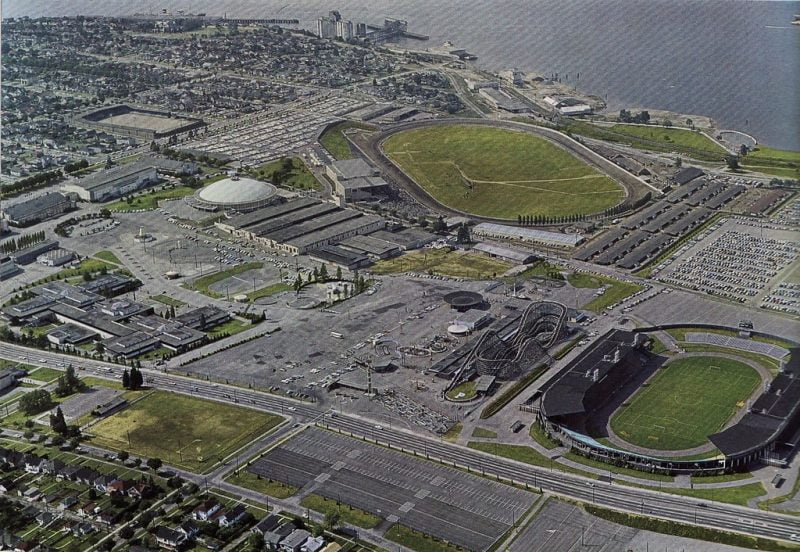

Olympic and other traditionally amateur sports are well represented throughout Magic Moments in BC Sports. More than twice as many photos feature amateur athletes as opposed to their professional counterparts. The book covers a good range of sporting activities, as well, with more than forty diverse athletic pursuits represented, ranging from rodeo to lawn bowling, roller derby to lumber sports, and even Nanaimo’s famous bathtub race. That said, almost half of the images focus on just seven sporting endeavours: track and field, hockey, swimming, skiing, football, paddling and golf.
While the book does a more than adequate job of presenting the history of BC sports through the use of photographic images, it does not fully deliver on the Magic Moments element of the title. Even using a fairly generous definition of a magic moment — images celebrating a significant victory or iconic individuals or events — only about thirty percent of the photos included in the book fit that description. Similarly, the book’s cover photo, a particularly important element of a picture book, is an odd choice given the emphasis on key events in BC sports history. The cover photo is, admittedly, a fine action shot; it features early 1990s BC Lions quarterback Doug Flutie running full tilt, with a Calgary Stampeders defender in hot pursuit. However, Flutie, while arguably the greatest player in CFL history, spent only two years in BC, neither of which produced a Grey Cup victory.
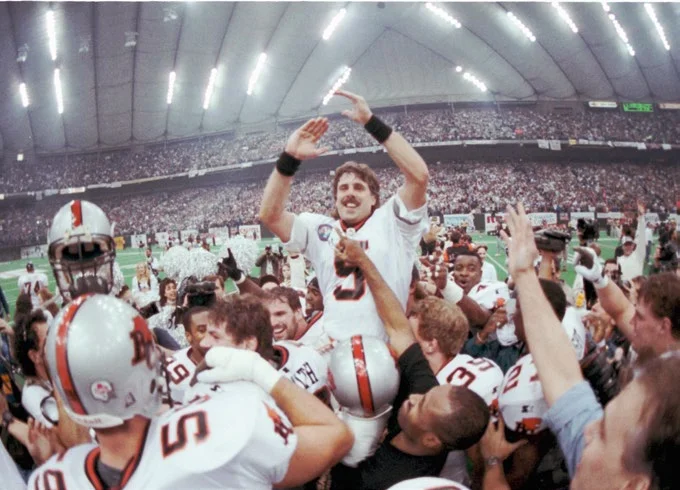
A far more appropriate 1990s-era football cover photo would have been the one found on page 10 of Magic Moments in BC Sports. It captures a triumphant BC Lions team holding legendary kicker Lui Passaglia aloft on their shoulders just after he had made a last-second field goal to win the 1994 Grey Cup before a frenzied, sold out crowd at BC Place Stadium. The Vancouver-born Passaglia enjoyed an unprecedented 25-year career in the CFL, all with his hometown BC Lions, making him far more representative of BC sports than Flutie. Plus, the Lions’ 1994 Grey Cup victory against a team from Baltimore, the first-ever American squad to compete for the historic football trophy, was a truly iconic moment in CFL history; one that sparked considerable nationalist pride in an era when many Canadians were highly sensitive to excessive Americanization. Why the Passaglia photo did not warrant pride of place on the cover, as opposed to the Flutie image, is thus something of a mystery. Alternatively, placing a Vancouver Canucks photo on the cover might have been a smart marketing move, given the ongoing celebration of that franchise’s fiftieth anniversary.

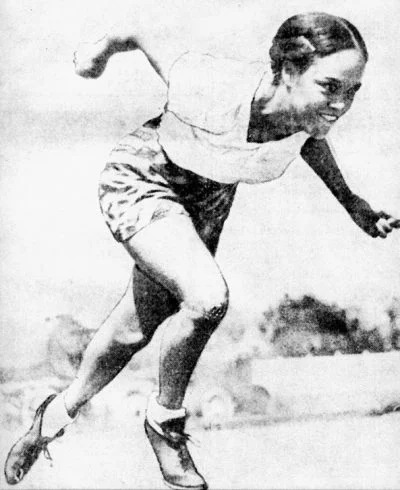
Much like the miss with respect to its cover photo, Magic Moments in BC Sports also fails to live up to Kate Bird’s highest intentions for the work, which are best stated in the last paragraph of her five-page introduction. “My hope is that . . . these images not only chronicle some of our province’s athletes, sports teams, and sporting events, . . . [but also] document magic moments in the social history of our province” (p. 11). As someone who teaches several Canadian Sports History courses, I agree that our sporting past can teach us much about a society’s cultural and social evolution, but it is an ambitious “mission statement,” to be sure, for a picture book. Still, some effort is made to fulfill it.
For example, Bird notes in the book’s introduction that “[i]n multicultural British Columbia, sports provided a way to honour and preserve cultural heritage and to build and support local communities.” The first chapter then highlights a number of photographs that help to illustrate that point, including those that feature First Nations war-canoe racing; (p. 14) South Asian kushti wrestling (p. 15); a Japanese Canadian sumo wrestling club (p. 17); Joe Fortes, Vancouver’s highly celebrated, mixed-race lifeguard, (p. 23); the famed Asahi baseball team, (p. 25); a Musqueam lacrosse team from the 1930s (p. 27); sprinter Barbara Howard, (p. 29) the first African Canadian to represent Canada in international sports competition; and the Chinese Students soccer team (1920-1942) (p. 30).
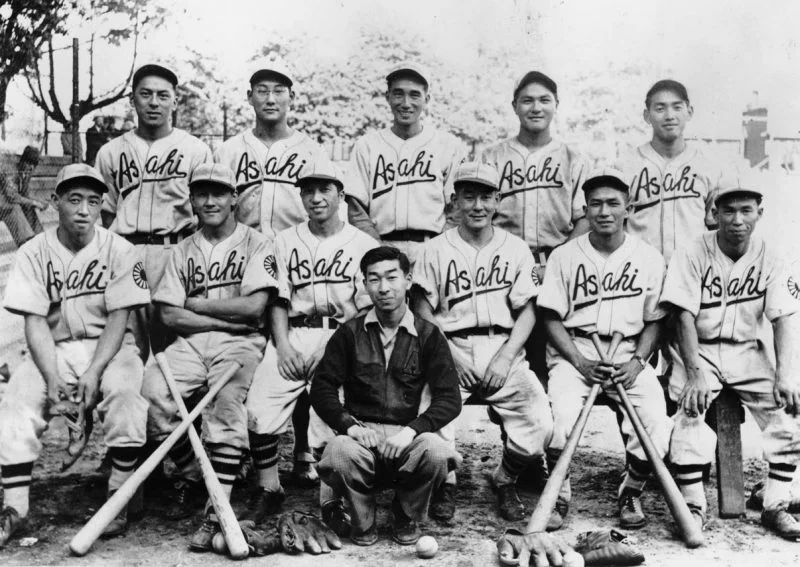
However, other than alerting readers to their existence, one learns relatively little about the significance of these individuals or teams either within, or beyond, their own cultural communities, or the significant challenges they must each have faced. Racial minority athletes continue to be featured throughout the book, but never in as significant a proportion as in the first chapter, and almost two-thirds of the collected images feature Euro-Canadian athletes. That is not an overly surprising figure, given the demographic realities of British Columbia throughout much of the 20th century, not to mention the Euro-Canadian domination of most amateur and professional sports organizations throughout the province’s history. In sum, the sporting achievements of racial minority athletes are acknowledged but never fitted within the proper historical context.
A similar story emerges with the coverage Magic Moments in BC Sports provides on female and disabled athletes. Few, if any, high-profile female athletes from BC’s history are omitted, and 55 of the book’s photographs feature women’s sports. But men alone are featured in 130 of the images presented, with another 26 capturing both men and women. The presence of disabled sports in the province is also recognized with the inclusion of seven pictures, with special notice being given to Terry Fox, Rick Hansen, and Steve Fonyo. But, as is the case with athletes of racial minority backgrounds, the moments of success of female and disabled athletes are highlighted, without any sense of the challenges each group faced, and no real attempt is made to place the achievements that are illustrated in their proper historical context.
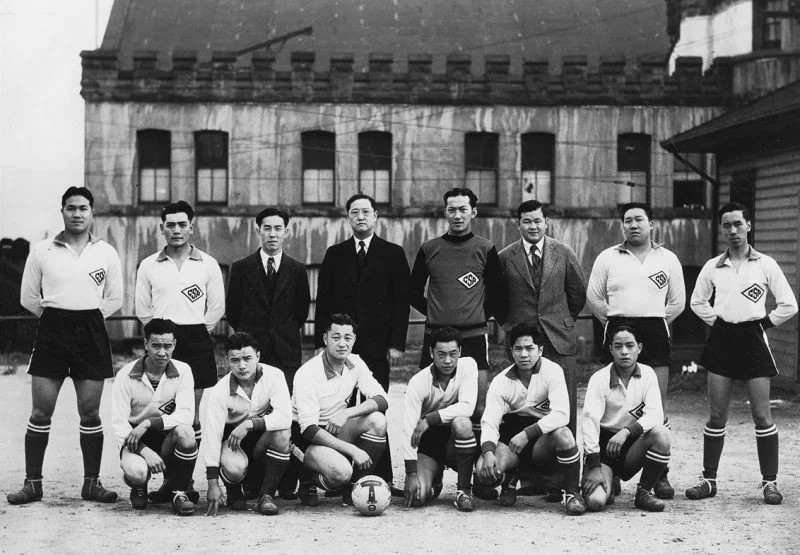
However, arguably the greatest weakness of the book, and the largest failing with respect to its promise to help document the social history of the province, is the virtual exclusion of any negative or even controversial sports-related images/stories. For example, while Bird’s introduction makes brief mention of Vancouver’s Stanley Cup riots of 1994 and 2011, as well as four lesser-known Grey Cup riots in the 1950s and 1960s, each disturbance is quickly dismissed as an unfortunate event that stemmed from the passion of certain fans. More tellingly, in a book devoted to documenting key moments in BC sports history through the use of images, no photographs from any of the aforementioned riots are included in the publication.
Likewise, no photos are presented to document the several high-profile incidents of hockey violence that have occurred in the province. Nothing here about the legal charges laid against members of the Philadelphia Flyers in the 1970s following a massive on-ice brawl with the Vancouver Canucks, or the charges faced by Marty McSorley in the wake of his deliberate stick attack on then Canuck Donald Brashear in 2000, or those laid against Canuck Todd Bertuzzi after his on-ice assault against Colorado Avalanche player Steve Moore in 2004.
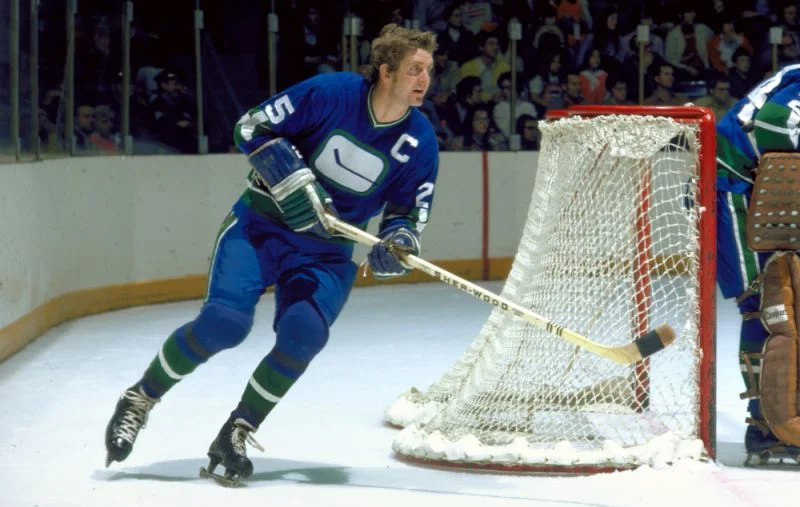
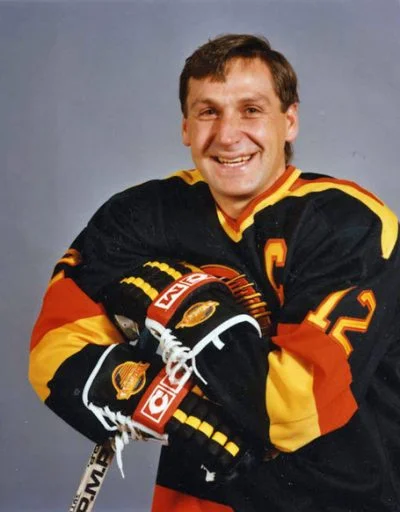
No photos are presented with respect to negative or controversial events in other sports either, such as notorious Hamilton Tiger-Cat Angelo Mosca’s dirty hit on BC Lions star running back Willie Flemming, which knocked the latter out of the 1963 Grey Cup game, or the tragic death of Georgian luger Nodar Kumaritashvili just prior to the Vancouver 2010 Winter Olympics, to name just two. Perhaps Bird felt that less positive stories had no place in a book devoted to “magic moments” in BC sports history, but, if so, suggestions that the publication will shed any serious light on the social history of the province should be abandoned.
Despite its shortcomings, Kate Bird’s Magic Moments in BC Sports: A Century in Photos has several things to recommend it. In less than two hundred pages, it presents an interesting and visually appealing encapsulation of most of the positive developments in the province’s sporting history, and makes an obvious attempt to make that history relatively inclusive in terms of race, gender, and physical ability. Readers looking for in-depth analysis of, or proper context for, the achievements highlighted will have to look elsewhere. But Magic Moments in BC Sports can serve as a starting point for such inquiry. Those intrigued by the more negative and/or controversial aspects of the BC’s sporting past will find nothing of interest.
*

Timothy Lewis is Professor and Chair of History at Vancouver Island University in Nanaimo. Among the courses he teaches are several focused on the emergence and development of professional sports in Canada, and the place of hockey within Canadian identity. His research work is focused on the history of 19th and 20th-century New Brunswick, portions of which have been published in two articles of Acadiensis: Journal of the History of the Atlantic Region.
*
The Ormsby Review. More Books. More Reviews. More Often.
Publisher and Editor: Richard Mackie
The Ormsby Review is a journal service for serious coverage of B.C. books and authors, hosted by Simon Fraser University. The Advisory Board consists of Jean Barman, Robin Fisher, Cole Harris, Wade Davis, Hugh Johnston, Patricia Roy, David Stouck, and Graeme Wynn. Scholarly Patron: SFU Graduate Liberal Studies. Honorary Patron: Yosef Wosk. Provincial Government Patron since September 2018: Creative BC
“Only connect.” – E.M. Forster

















